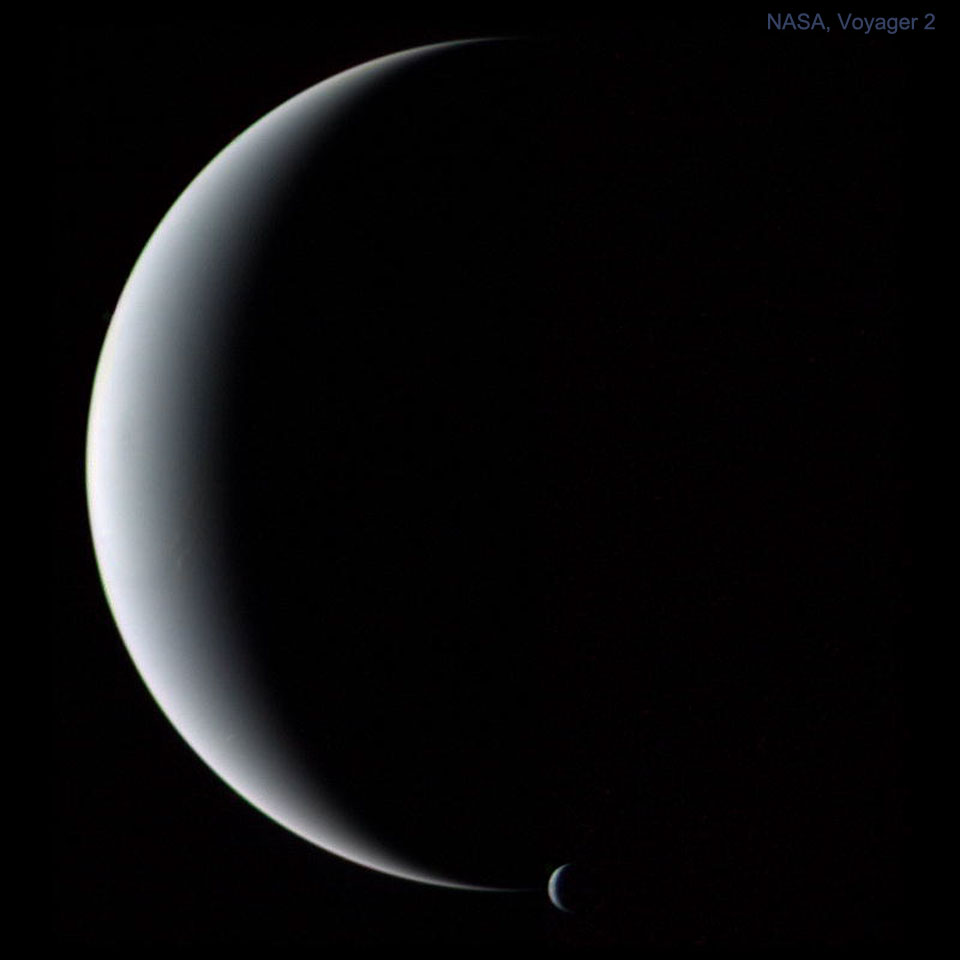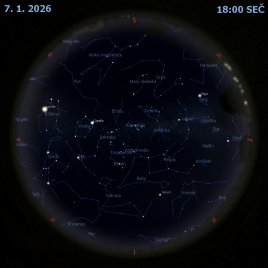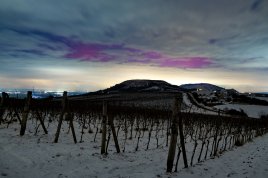Srpek Neptunu a Tritonu

Kosmická sonda Voyager 2 tiše prolétala vnější Sluneční soustavou a její kamera zachytila Neptun spolu s Tritonem ve fázi srpku. Elegantní snímek obří plynné planety a jejího zamračeného měsíce byl pořízen těsně po největším přiblížení v roce 1989 už zezadu. Nemohl být pořízen ze Země, protože Neptun vůči Zemi v blízkosti Slunce nikdy nevykazuje fázi srpku. Neobvyklý úhel pohledu také Neptun připravil o jeho dobře známý modrý odstín, protože se sluneční světlo viděné odtud rozptyluje dopředu, a tak je načervenalé jako u zapadajícího Slunce. Neptun je menší, ale hmotnější než Uran, má několik tmavých prstenců a vyzařuje více světla, než přijímá od Slunce.
Seznam odkazů v popisu
- NASA: Voyager 2
- NASA: Solar System Exploration
- Wikipedia: Neptune
- APOD: 2007-03-04 Triton: Největší měsíc Neptunu
- NASA: Voyager 2's parting look back at the Neptune system shows a beautiful dual-crescent view of Neptune and its largest moon Triton.
- NASA: Neptune
- Wikipedia: Triton_(moon)#Atmosphere
- APOD: 2014-08-26 Průlet kolem Neptunova měsíce Triton
- APOD: 2007-03-25 Vítejte na planetě Zemi
- Youtu.be: Neptune 101 | National Geographic
- NASA: PIA02247: Voyager's Parting Shot of Triton
- Spotify.com: What do I Need to Know About the Planet Neptune?
- APOD: 2015-02-15 Dvě hodiny před Neptunem
- APOD: 2015-12-02 Západ za Zlatou bránou se zeleným zábleskem
- NASA: NSSDCA Photo Gallery - Neptune
- Wikipedia: Uranus
- SETI.org: The Neptune System
- Wikipedia: Neptune#Internal_heating
NASA Official: Phillip Newman Specific rights apply. NASA Web Privacy Policy and Important Notices
A service of: ASD at NASA / GSFC & Michigan Tech. U.
Odkaz na originální APOD


